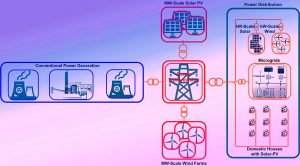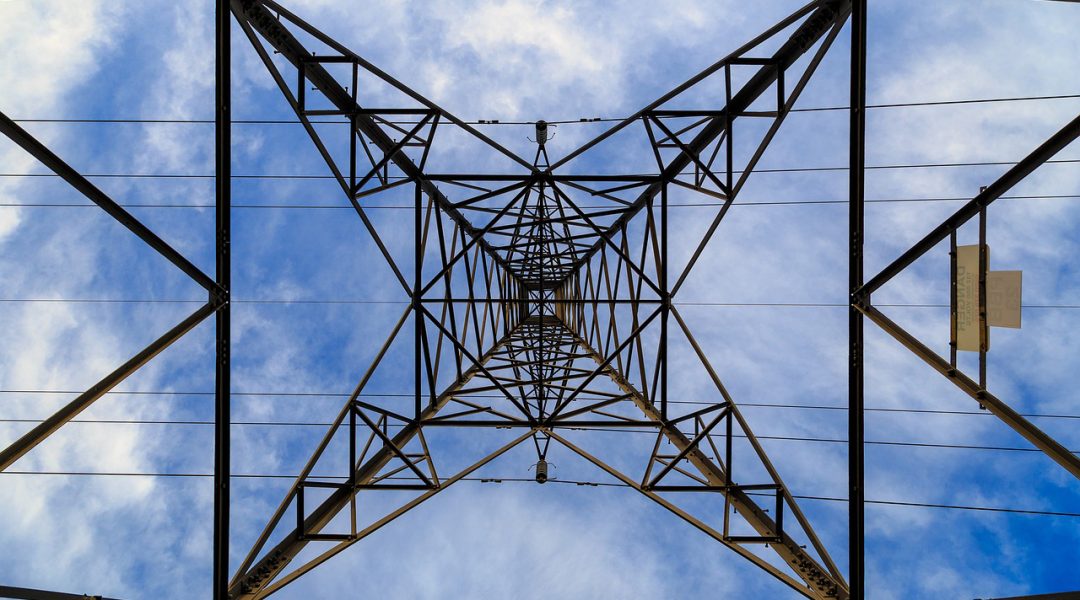Electricity networks are evolving rapidly with the large-scale integration of power electronic-interfaced renewable energy resources (e.g. wind and solar-PV generation). With this rapid deployment of renewables, requirements set for the grid integration of renewables should be evolved to maintain a reliable power grid. Particularly, renewable generation sources should be resilient for network faults, hence should remain connected to grid during faults, and should continue producing power after fault clearance. Such requirements are commonly known as fault ride-through requirements.
A research study in WIREs Energy and Environment critically reviews the existing fault ride-through standards (grid-code requirements) and fault ride-through strategies implemented/ proposed for renewable energy resources, namely, wind energy conversion systems, solar-PV systems and microgrids.
 According to the review, a vast range of advanced fault ride-through strategies have been proposed for renewable energy sources, enabling fast recovery and improved network support during faults in the electricity network. These enhanced fault ride-through schemes should be deployed in renewable sources to improve power grid reliability and resilience. Therefore, to encourage renewable generator owners/ operators to deploy these advanced strategies, adequate financial intensives should be provided based on the amount of network support they deliver during network faults.
According to the review, a vast range of advanced fault ride-through strategies have been proposed for renewable energy sources, enabling fast recovery and improved network support during faults in the electricity network. These enhanced fault ride-through schemes should be deployed in renewable sources to improve power grid reliability and resilience. Therefore, to encourage renewable generator owners/ operators to deploy these advanced strategies, adequate financial intensives should be provided based on the amount of network support they deliver during network faults.
Moreover, the fault ride-through grid-codes are presently developed with the perspective of both the conventional (e.g. fossil-fuel based generation) & the power electronic-interfaced renewable generation operating in the electricity network. Also, the present grid-code requirements are specified only for large-scale renewable energy sources. However, penetration levels of small-scale renewable energy sources (e.g. domestic solar-PV systems) are also increasing rapidly, hence specific grid-code standards are required for small-scale renewables to improve the electricity grid reliability. Therefore, this current approach should be augmented considering 100% power electronic-interfaced renewable energy scenarios, and emerging issues, such as high penetration of power electronic-interfaced small-scale renewable generators (e.g. domestic solar-PV systems) and recurring grid faults, to achieve a sustainable renewable energy future.
Kindly contributed by Lasantha Meegahapola.

















